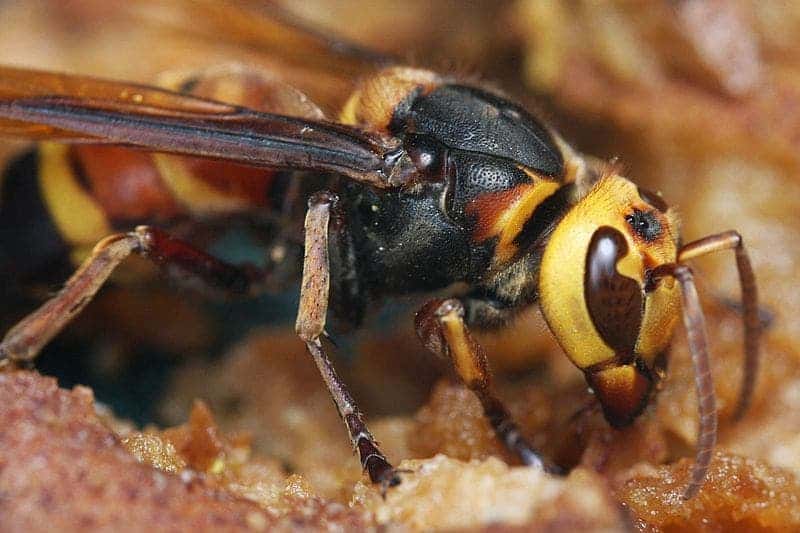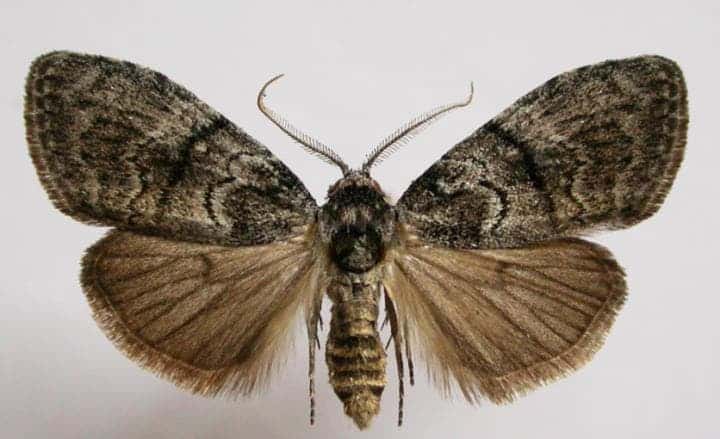Asian giant hornets represent a huge threat to honey bees and the vicious insects have been gaining a lot of ground recently in the United States, threatening to devastate bee populations. In a desperate last-ditch effort, government officials have encouraged residents to help dispose of the hornets by setting up homemade traps made using bottles and orange juice. But a much more effective trap could exploit a weakness shared by all manner of creatures: sex.

In a new study, scientists have demonstrated effective hornet traps that can lure males using three sex pheromones. The traps, which were tested in China, the home turf of these dangerous hornets, neutralized thousands of male Asian giant hornets, but no other insects, showing the identified sex pheromones are specific to the hornets. Using the chemicals in traps would thus not interfere with other insects that may play an important role in the ecosystem.
Researchers from the Chinese Academy of Sciences and the University of California San Diego first caught several giant hornet queens and their drones from nests in Yunnan, China. After swabbing the queens’ sex glands, the scientists employed gas chromatography-mass spectrometry — an analytical method that can identify the individual chemical components of a sample down to the molecular level — to pinpoint the exact pheromones used by the queens.
Some of the key components that were detected include hexanoic acid, octanoic acid, and decanoic acid. When male hornets were exposed to each of these components in the lab, they immediately reacted, showing signs of attraction. But would these isolated pheromones work in the field as well?
So the team went to work, crafting nets laced with just one of the pheromones, a mix of the three, or an extract from the hornet queen’s sex glands, and setting them up across the countryside. Although the sex gland extract was the most effective, the isolated chemicals worked well to lure in sex-crazed males too. In fact, thousands of males were trapped during these field tests, whereas control snares with no pheromones only trapped a few insects.

That’s great news for honeybees, which are being gruesomely killed in large numbers by these invading insects. The hornets use their large mandibles to wipe out a honeybee hive in a matter of hours, decapitating the bees and flying away with their thoraxes to feed their larvae.
Asian hornets, which can measure up to two inches long, pose a serious risk to humans too. Their potent venom and stinger deliver an excruciating pain that people have described as having a hot metal pierce their skin. In Japan, where these menacing insects have been nesting for some time, 50 people are killed by their stings every year. They’re called “murder hornets” for good reason. In the United States, they’ve just begun to arrive.
Entomologists affiliated with the U.S. Department of Agriculture have been sent to exterminate some hornet hives that have been identified thus far, mostly in Washington State, but finding these nests can prove challenging. With pheromone traps, you can have the hornets come to you.
The findings were reported in the journal Current Biology.



